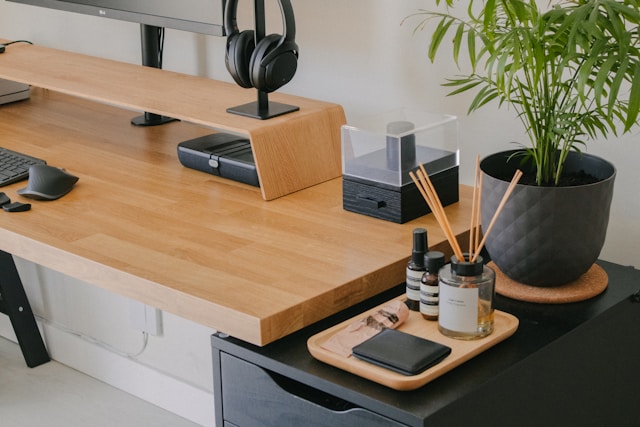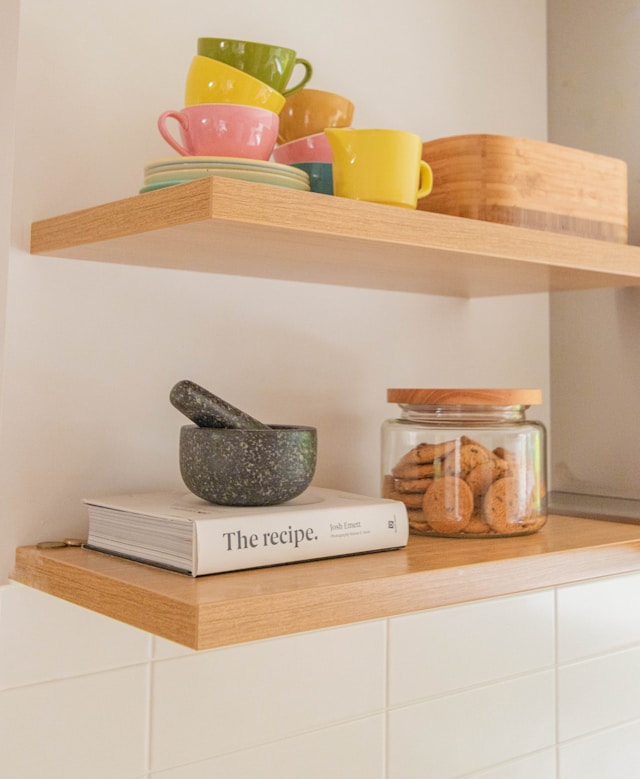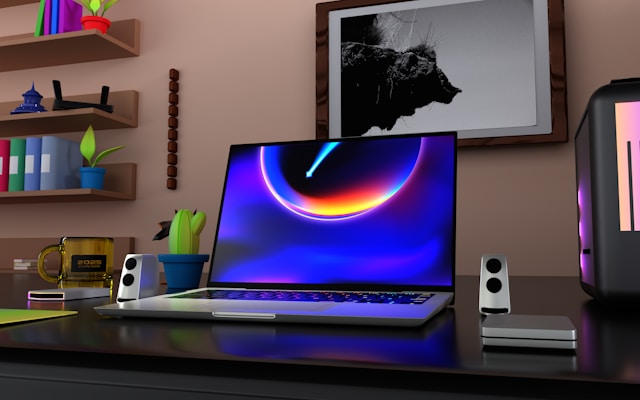Building a smart home can transform your living space into a connected, efficient, and convenient environment. From controlling lighting and thermostats to enhancing security and streamlining daily routines, smart home devices are revolutionizing the way we interact with our living spaces. If you’re new to smart home technology, starting with essential devices is a great way to ease into the world of home automation. This piece will walk you through the basics of building a smart home, offering insights into essential devices like smart plugs, lighting, thermostats, and security systems. Additionally, we’ll provide step-by-step guidance on integrating these devices into a seamless, interconnected system.
The Basics of a Smart Home
A smart home is a home equipped with internet-connected devices that can communicate with one another and with the homeowner through various devices like smartphones, tablets, or voice assistants. These devices work together to automate functions, enhance convenience, and improve security.
Key Benefits of a Smart Home:
- Energy Efficiency: Smart thermostats, lighting, and plugs help manage energy use efficiently.
- Convenience: Control everything from anywhere using a single app or voice commands.

Essential Smart Home Devices to Get Started
1. Smart Plugs
Smart plugs are an entry-level device for home automation. They allow you to control the power of virtually any device connected to them via a smartphone or voice assistant.
- Features: Schedule appliances, monitor energy usage, and turn devices on/off remotely.
- Use Case: Ideal for lamps, coffee makers, space heaters, and other non-smart devices.
Choosing the Right Smart Plug:
- Compatibility: Ensure the plug is compatible with your existing smart home system, such as Amazon Alexa, Google Assistant, or Apple HomeKit.
- Energy Monitoring: Consider plugs with built-in energy monitoring for better efficiency tracking.
2. Smart Lighting
Smart lighting transforms your space by allowing you to control brightness, color, and timing through an app or voice commands.
- Features: Dimmable lights, color-changing bulbs, automated schedules, and voice control.
- Use Case: Perfect for setting the mood, enhancing security, and online casino automating daily lighting routines.
Choosing the Right Smart Lighting:
- Color Options: Choose between white-only or RGB (color-changing) bulbs.
- Compatibility: Ensure compatibility with your chosen smart home platform for seamless integration.
3. Smart Thermostats
A smart thermostat adapts to your comfort preferences and adjusts the temperature of your home automatically, optimizing energy use.
- Features: Learning capabilities, remote control, scheduling, and integration with other smart devices.
- Use Case: Helps reduce heating and cooling costs by maintaining efficient energy use.
Choosing the Right Smart Thermostat:
- Learning Capabilities: Opt for models like Nest or Ecobee that learn your schedule and preferences.
- Integration: Ensure compatibility with other devices such as smart plugs and lighting.
4. Smart Security Systems
Smart security devices provide a heightened level of safety and peace of mind through real-time monitoring and alerts.
- Features: Smart cameras, door/window sensors, motion detectors, and smart locks.
- Use Case: Ideal for homes wanting to improve surveillance and control access remotely.
Choosing the Right Smart Security System:
- Integration: Look for systems compatible with popular platforms like Ring, Arlo, or ADT.
- Expandable Options: Choose systems that can integrate additional sensors or cameras as needed.

Integrating Essential Devices into a Smart Home System
Once you’ve selected your essential smart home devices, integrating them into a cohesive system is the next step to creating a seamless smart home experience.
Step-by-Step Guide to Setup
- Choose Your Smart Home Hub: Select a central hub like Amazon Echo, Google Nest Hub, or Apple HomePod. This acts as a bridge between your devices and allows voice command integration.
- Download the Smart Home App: Most smart home devices come with dedicated apps. Download and install the apps for each device to begin setup.
- Connect Devices: Follow the instructions provided in the app or device manual to pair each device with your hub. This usually involves connecting to Wi-Fi and syncing via Bluetooth or other wireless protocols.
- Organize Your Devices: Group devices by room or function within the app for easier control. For example, create a “Living Room” or “Security” category to manage all related devices.
- Create Automation: Set up routines or automations to manage devices collectively. For example, turn off all lights and lock doors when you say, “Goodnight” to your smart assistant.
- Test and Adjust: Ensure all devices are connected and functioning correctly. Make adjustments as needed to optimize efficiency and convenience.
Tips for Building a Smart Home
- Prioritize Energy Efficiency: Focus on devices that provide energy-saving benefits to reduce utility costs.
- Budget Appropriately: Start with essential devices and gradually expand as needed, based on your preferences.
- Consider Scalability: Choose systems and devices that can easily be expanded for future growth.
- Prioritize Security: Ensure your smart devices are secure by using strong passwords and enabling two-factor authentication.
Conclusion
Starting with essential smart homeware is a simple yet impactful way to enhance your living space with connected technology. Devices like smart plugs, lighting, thermostats, and security systems form the foundation of a functional smart home. By following the steps outlined in this guide, you can seamlessly integrate these devices into a unified system that boosts convenience, energy efficiency, and security. With the right setup, your smart home will adapt to your lifestyle while providing a secure, efficient, and stylish living environment.
